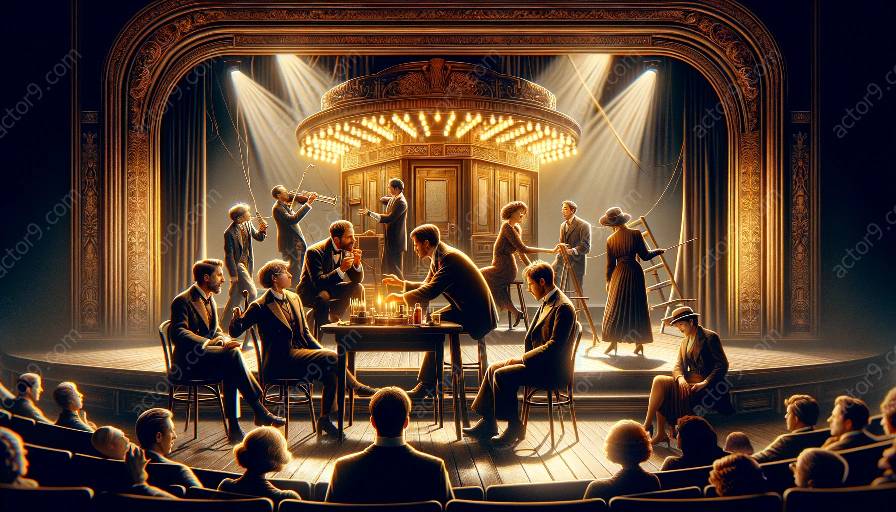Improvisation in scene building is a fundamental aspect of improvisational drama and theater, shaped by a rich tapestry of cultural and historical influences. Understanding the cultural and historical context of improvisation provides valuable insights into its evolution and significance.
Cultural Influences on Improvisation in Scene Building
Improvisation in scene building is deeply intertwined with cultural practices and customs. Different cultures have unique ways of storytelling and performance that have contributed to the development of improvisation in theater. For example, the tradition of storytelling in ancient cultures, such as the oral traditions of Native American tribes, played a significant role in the development of improvisational skills.
Furthermore, cultural traditions like commedia dell'arte in Italy and the kabuki theater in Japan have heavily influenced the use of improvisation in scene building. The comedic and exaggerated performances in commedia dell'arte emphasized the use of improvisation to create lively and interactive scenes. Similarly, kabuki theater incorporated elements of improvisation to enhance the storytelling and characterization.
Historical Influences on Improvisation in Scene Building
The historical evolution of theater and performance has also left a lasting impact on improvisation in scene building. From the ancient Greek traditions of tragedy and comedy to the Elizabethan era of Shakespearean plays, the history of theater has provided a rich foundation for improvisational techniques.
The development of improvisational drama in the 20th century, particularly in the context of experimental and avant-garde theater movements, has reshaped the approach to scene building. Influential figures such as Viola Spolin and her creation of theater games and exercises have significantly influenced the use of improvisation in scene building, emphasizing the importance of spontaneity and creativity.
Significance of Cultural and Historical Influences on Improvisation in Scene Building
Understanding the cultural and historical influences on improvisation in scene building is crucial for actors, directors, and theater practitioners. It provides a deeper appreciation for the diversity of improvisational techniques and approaches, enriching the creative potential of scene building in improvisational drama and theater.
By acknowledging the cultural and historical roots of improvisation, practitioners can draw inspiration from a wide range of traditions and experiences, resulting in more dynamic and authentic scene building. Moreover, recognizing the evolution of improvisation over time allows for the continuous innovation and adaptation of techniques, ensuring its relevance in contemporary theatrical performances.




























